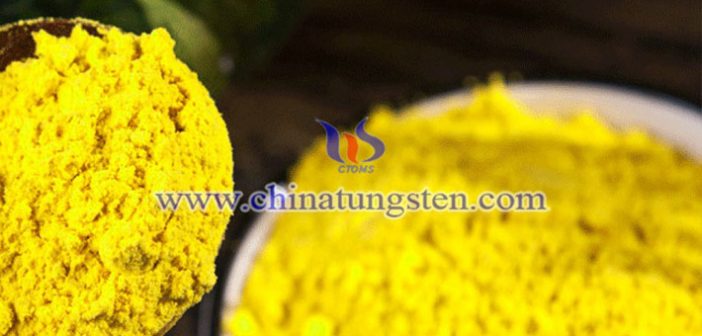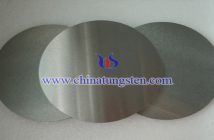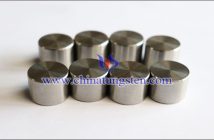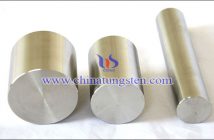Tungsten oxide for producing composite electrode complementary electrochromic device is a typical cathode coloring material. However, in practical applications, the coloring contrast of tungsten oxide is still relatively low. How to solve this problem? In this regard, experts say that if an anode coloring material and a cathode coloring material are assembled into a complementary electrochromic device, the coloring contrast can be greatly improved.
More details, please visit:
http://www.tungsten-powder.com/tungsten-oxide.html
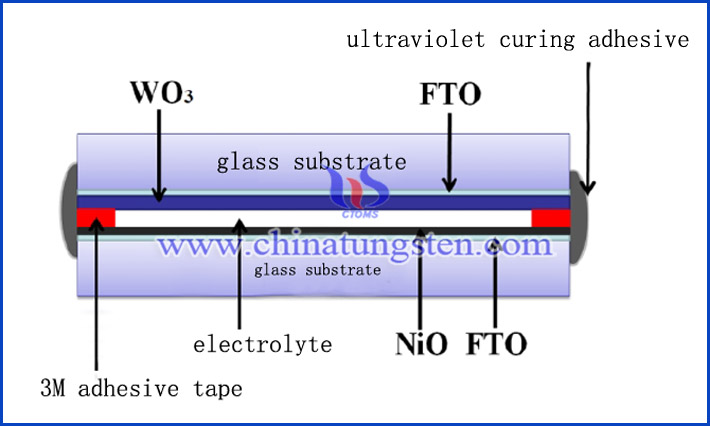
So, what kind of anode coloring material should I choose? The preferred anode coloring material for researchers is - nickel oxide. And the reason is that nickel oxide is low in cost, easy to prepare and stable in film properties with long cycle life. In addition, the expert also mentioned that the nickel oxide film can be used not only as an electrochromic layer, but as an ion storage layer of an electrochromic device, thereby further enhancing the light modulation range of the tungsten trioxide electrochromic device.

